Designing a bike is something that many motorcycling enthusiasts have always dreamt of.
It’s just that some like the idea of rebellious bobbers. Some go for the badass cruisers. Some like it was naked and quick. And some like to lean down and ton-up on their cafe racers.
Although this post will be a good read for the entire creed of bikers, if you are looking forward to building your very own cafe racer, you may love it a little more than everyone else.
Yes, we love cafe racers too. And so, here we are sharing some useful tips that’ll help you as you design your cafe racer.
So, buckle up and read on.
Contents
1. Choose The Machine
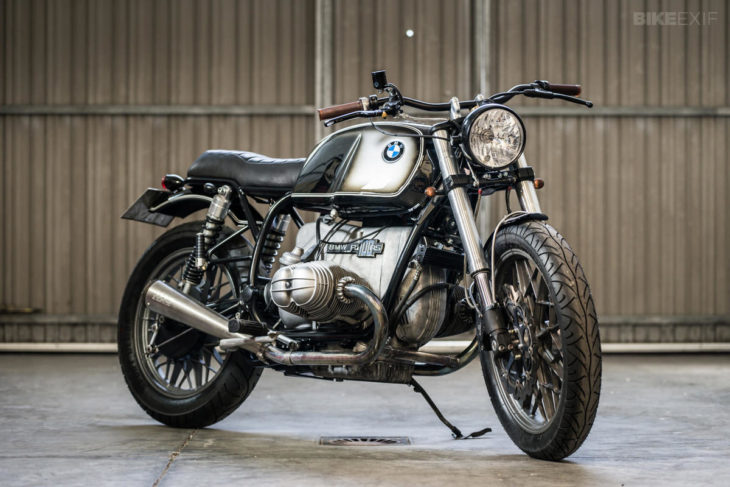
Source: bikeexif
The first thing that we need to do is choose the bike that we are going to work on. (We’re not planning to build an engine, right?)
So, based on the power that you want your cafe racer to have and to deliver, choose the bike. The best option will be the one that doesn’t make you break the bank and has a reliable engine.
Basically, an old Japanese motorcycle will be good to go by.
For this, you can consider a Yamaha RD or XS series with capacities of 350, 360, 400 and 650 CCs, or a Honda CB ranging from 350 to 750 CCs.
All these have powerful twin-cylinder engines, and with the right design, they won’t take much time to ton-up (clock 100 miles/hour).
2. Identify The Existing Problems

Source: pipeburn
As you have bought a used motorcycle that’s over three to four decades old, there’s a high probability that these bikes will have certain issues that you’ll have to resolve.
And it’s important to resolve them before you start with the final project.
So, whether the paint is worn off or the air and oil filters are clogged, it’s important for you first to identify and then resolve all these issues.
Such troubleshooting, when done in the later stages of the project, can disturb the entire process in a number of ways.
So, keep that in mind and avoid such fiascos.
3. Plan the Design or Pick It
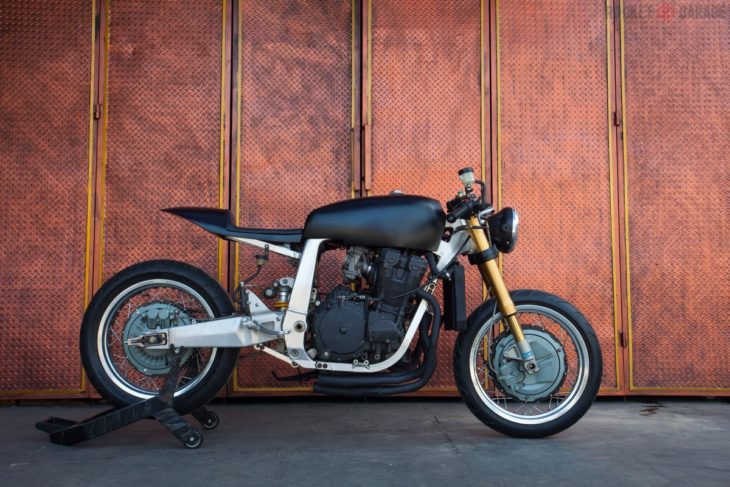
Source: rocket-garage
The next thing you need to do is plan design or pick one.
Instagram and Pinterest are filled with designs for anything that you look for. So, even when you are looking for inspiration for your cafe racer’s design, these platforms can be of great help.
Whether you like one design or multiple designs, you can always pick certain elements from different pieces and combine them up into one.
Just use all the creative freedom in the world, but don’t go beyond what’s physically possible.
4. Know That You May Need a Designer
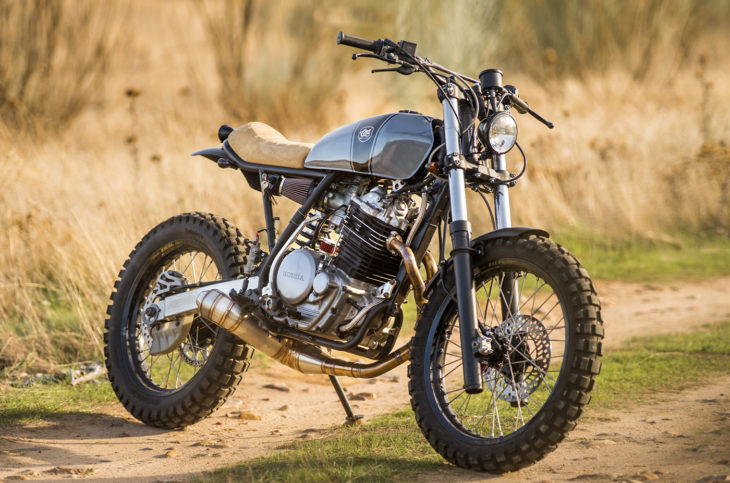
Source: thebikeshed
So, you have come up with a design? That’s great!
But, where’s it? On paper? Or in a digital file? Or still in your brain?
Well, in all cases, it will be better to consult a professional automotive designer. The designer will tell you whether your design is practical or not. Plus, this person will eradicate issues and may also develop a digital image that you may find useful while building your dream rocker.
For this reason, it’s recommendable not to shy away from getting in touch with a designer.
5. Beware Of What You Spend
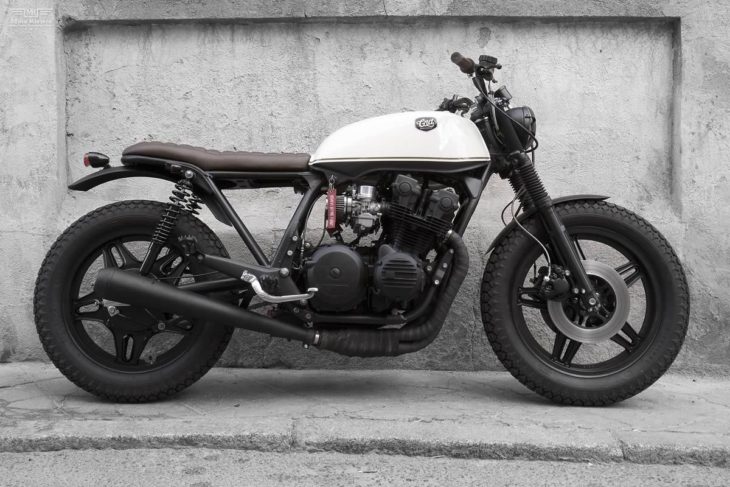
Source: pinterest
Building a custom motorcycle can turn into an expensive affair, and you may as well know about it.
However, if we don’t keep track of our expenses, things may get out of hand.
The idea is to beware of the amount that you spend. It’ll be good to start with a budget in mind.
This doesn’t particularly mean that everything will happen under that budget, but at least you will know how much you are willing to spend and what extra costs you can comfortably afford.
So, start with a budget in mind. This awareness is essential, so your pockets don’t run dry.
Also, make sure you buy parts only from the most trusted sources like MXstore, to avoid unnecessarily frequent replacements.
6. Use ‘More’ Chrome
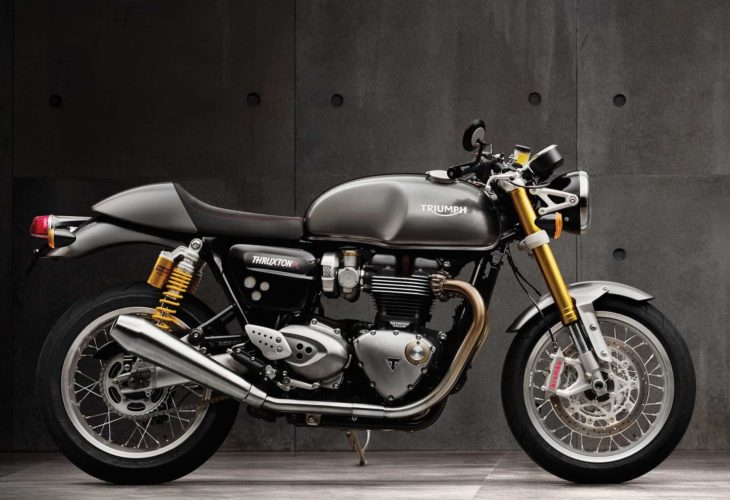
Source: timeless2wheels
No no no no! Don’t drop the yellow or blue or red or whatever tank and fender paint that you picked. It’ll look great.
But, don’t forget that cafe racers took birth in the 60s and 70s and since then, they’ve been glorified with chrome parts.
So, include it wherever possible.
Whether it’s for the brake and clutch lever or on the round headlamp, or at the back of the indicators or at the head of the tail-light, spread chrome wherever you can.
Also, if your bike’s engine and exhaust have a chrome finish, make sure you buff them nicely. And clean up your chrome spokes too.
Chrome on cafe racer goes like a charm.
7. Use the Right Tires
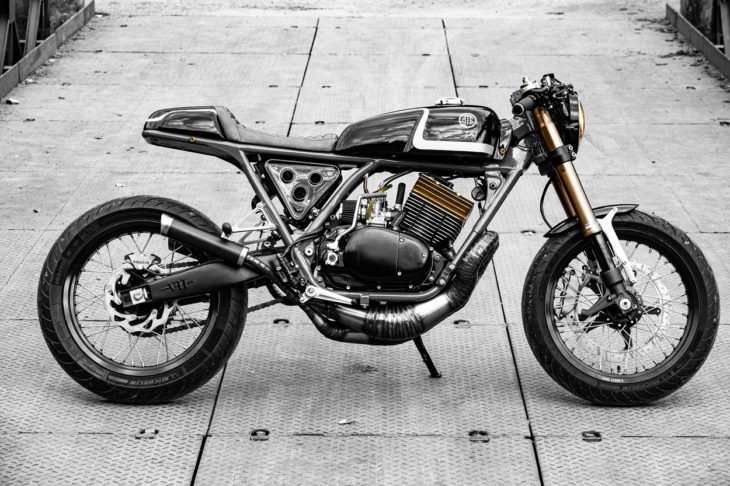
Source: bikebound
Cafe racers are generally on the heavier side.
Yes, they may not be as heavy as cruisers, but we know, they aren’t as light as sports bikes either.
Absolute grip becomes essential in cases like these. So, pick the right set of tires for your new cafe racer.
Most preferably Pirelli.
These tires have a superior grip that keeps the bike stable even if you brake at high speeds or in difficult situations.
As you are building this cafe racer from an old bike, it may not have ABS. For this reason, it becomes more important to use only the best tires.
8. Upgrade Brakes
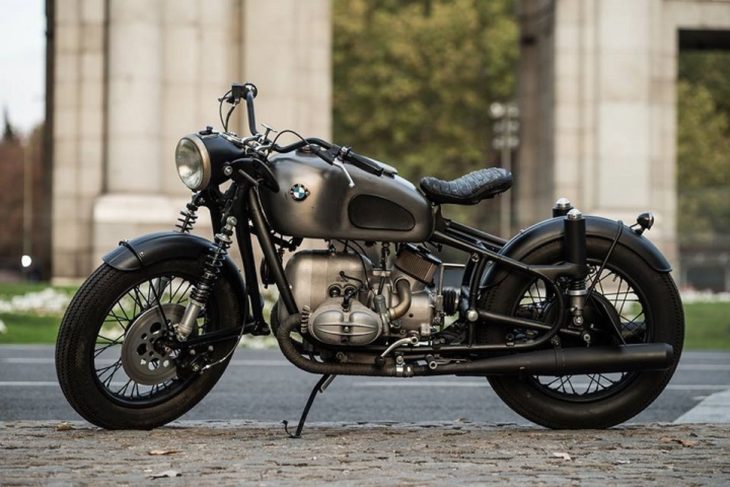
Source: motor1
As mentioned in the last pointer, cafe racers are generally on the heavier side, and as you are building one from an old bike, it may not have ABS.
So, how to make sure that its braking system supports you and stays reliable even at high speeds?
Upgrading the brakes can be a good idea.
Speaking of which brakes to go for, consider at least a 300 mm Brembo on the front for best safety. Coming to the rear tire, a standard rear disc from Bybee can do the job.
9. Keep It Light
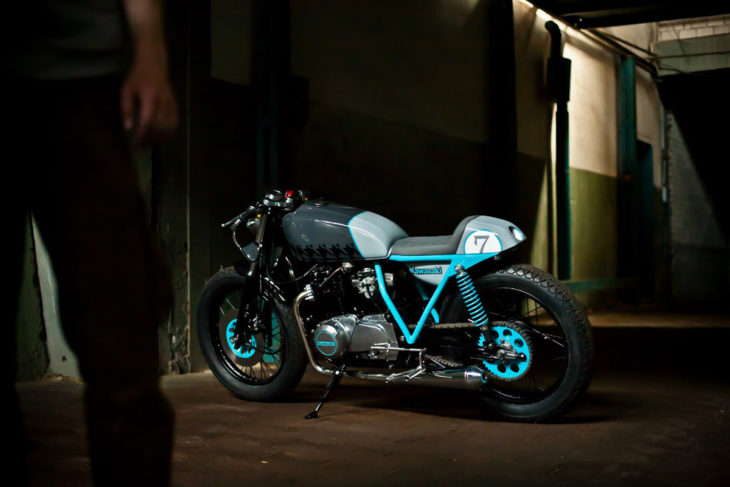
Source: returnofthecaferacers
Yes, cafe racers are allowed to be a little heavy. But if we have the choice to shed some weight for boosting mileage and overall performance, why avoid it?
So, shed whatever seems too unnecessary. Just make sure that you don’t spoil the appeal or aesthetics because they matter a great deal while building a cafe racer.
Final words
Cafe racers are super-fun motorcycles with a strong road presence. Yes, it’s not easy to take your eyes off when you see one. But, at the same time, they take up some time and effort to build.
In this post, we talked about those efforts and how they can be pulled off correctly.
Hopefully, this was helpful.
